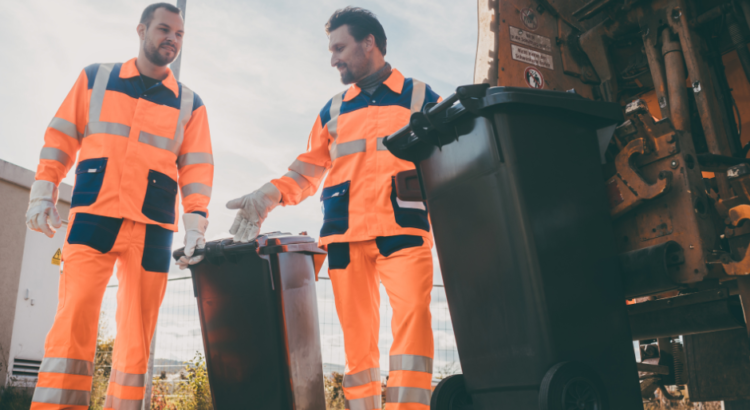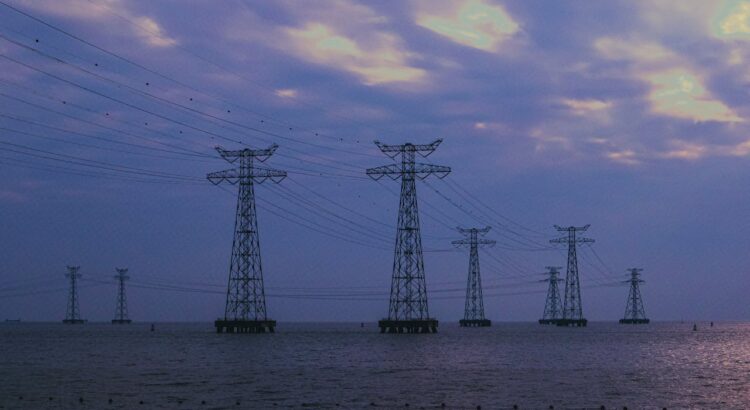A Haven for Active Adults – 55+ Communities in Mesa, Arizona
Mesa, Arizona, renowned for its stunning desert landscapes and vibrant cultural scene, has become a magnet for retirees seeking an active and fulfilling lifestyle in their golden years. The city boasts an array of 55+ communities designed to cater to the unique needs and desires of active adults. These communities, also known as active adult or retirement communities, offer a haven of amenities and social opportunities, making the retirement years truly golden.
Mesa’s 55+ communities in mesa, AZ are carefully curated to provide a lifestyle that combines relaxation with an active social calendar. From golf course communities like Leisure World to gated communities such as Sunland Village East, each enclave is designed to foster a sense of community while catering to individual preferences. Residents can enjoy a wide range of amenities, including fitness centers, pools, tennis courts, and organized activities that foster social connections. The emphasis is on maintaining an active and engaged lifestyle, with an array of clubs, classes, and events catering to various interests.

Moreover, Mesa’s favorable climate allows residents of these 55+ communities to engage in outdoor activities year-round. Whether it’s exploring the nearby Superstition Mountains, participating in community events, or enjoying the vibrant arts and culture scene, Mesa provides retirees with a rich tapestry of experiences in a welcoming and age-appropriate environment.
Navigating Utility Costs – The Role of Public Utilities Brokerage Services
As retirees settle into their dream homes in Mesa’s 55+ communities, practical considerations such as utility costs come into play. Managing utility expenses efficiently becomes crucial for maintaining financial stability. This is where the role of Public Utilities Brokerage Services comes to the forefront.
Public Utilities Brokerage Services act as intermediaries between consumers and utility providers, helping individuals, communities, and businesses navigate the complexities of utility services. In the context of 55+ communities in Mesa, these services play a crucial role in optimizing utility costs for residents. Here’s how:
1. Cost Analysis and Optimization: Public Utilities Brokers conduct a thorough analysis of utility costs, taking into account the specific needs and consumption patterns of 55+ communities. By leveraging their industry knowledge and negotiating skills, brokers can often secure better rates and terms from utility providers, resulting in cost savings for residents.
2. Streamlined Billing and Management: For many retirees, managing multiple utility bills can be cumbersome. Public Utilities Brokerage Services streamline this process by consolidating bills and providing a centralized platform for monitoring and managing utility expenses. This not only simplifies the financial management for residents but also enhances transparency in billing.
3. Sustainable Solutions: With a growing emphasis on sustainability, Public Utilities Brokers can help 55+ communities in Mesa explore eco-friendly and cost-effective utility solutions. This may include transitioning to renewable energy sources, implementing energy-efficient technologies, and adopting water conservation measures. These sustainable initiatives not only contribute to environmental well-being but also position the community for long-term cost savings.
4. Advocacy and Support: Public Utilities Brokers act as advocates for 55+ communities, ensuring that residents receive fair treatment from utility providers. In case of disputes, billing discrepancies, or service interruptions, brokers step in to resolve issues swiftly, providing residents with peace of mind and ensuring that their needs are prioritized.
5. Educational Resources: Understanding utility contracts, tariffs, and the intricacies of the energy market can be challenging for retirees. Public Utilities Brokerage Services offer educational resources to residents, empowering them with knowledge about their utility consumption and the factors influencing costs. This education enables residents to make informed decisions about their utility usage and expenditures.
The Perfect Blend – 55+ Communities and Public Utilities Brokerage Services
Imagine the synergy created when residents of 55+ communities in Mesa, Arizona, seamlessly integrate the comfort and lifestyle benefits of their dream retirement homes with the cost-efficiency and advocacy provided by Public Utilities Brokerage Services. This perfect blend ensures that retirees not only enjoy their active and vibrant lifestyles but also have the peace of mind that comes with optimized utility costs.
As Mesa continues to evolve as a retiree-friendly destination, the combination of thoughtfully designed 55+ communities and the services of Public Utilities Brokers represents a holistic approach to retirement living. It’s a testament to the city’s commitment to providing a fulfilling and practical environment for retirees who seek not only the warmth of the Arizona sun but also the assurance of a secure and cost-effective retirement.
In conclusion, the symbiotic relationship between 55+ communities in Mesa and Public Utilities Brokerage Services exemplifies the city’s dedication to enhancing the retirement experience. Whether it’s teeing off on a golf course, participating in community events, or managing utility costs efficiently, Mesa offers retirees a comprehensive and fulfilling lifestyle that truly defines the golden years.



